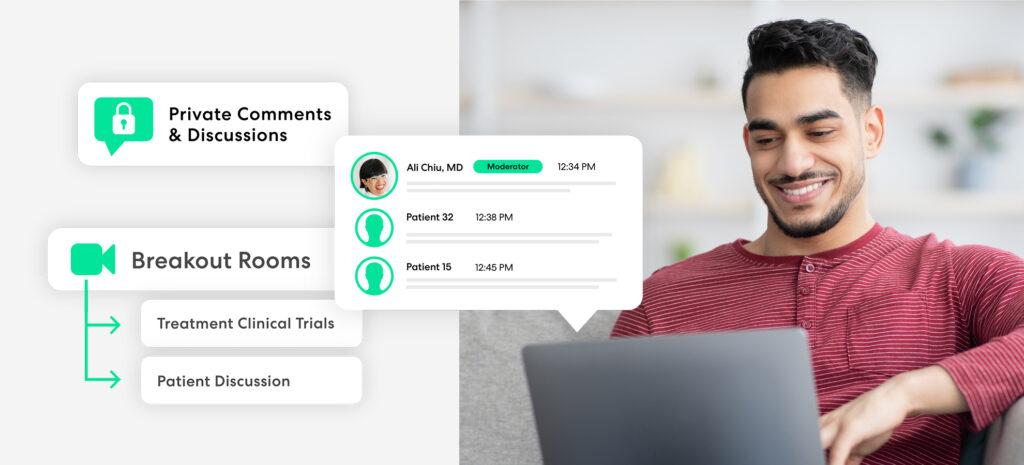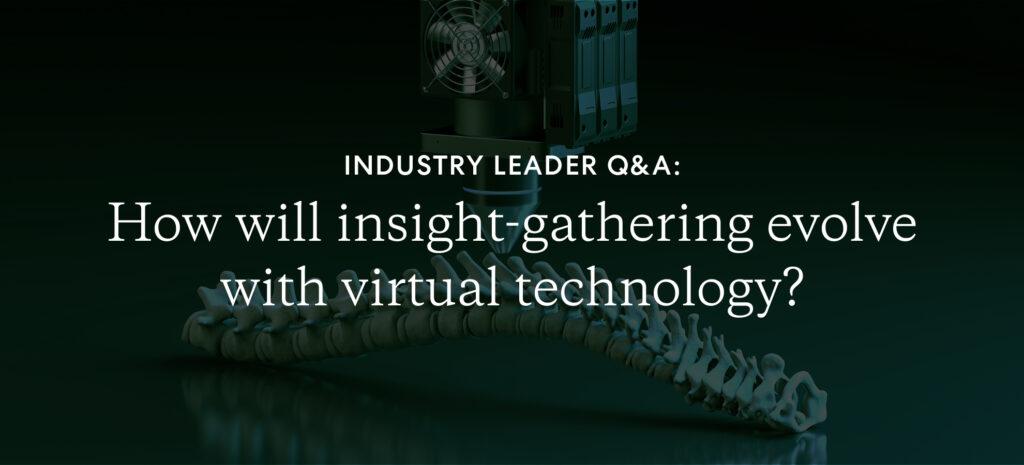After months of uncertainty and restrictions, life science teams are eager to shift away from endless hours of video calls and back to familiar in-person interactions. But in the thick of the pandemic, pharmaceutical and medical device teams learned that there are distinct advantages to engaging virtually – and they plan to continue with a virtual-first strategy in both the near- and longer-term.
However, a good virtual engagement strategy goes beyond reverting to standalone video calls, which aren’t effective with groups beyond a handful of people and are flawed in that they fail to fully engage participants for a variety of reasons: hierarchy influence, myriad distractions, and the dreaded virtual fatigue.
Driven to distraction
One of the biggest drawbacks of video calls is the temptation to disengage. Harvard Business Review reported that many people (erroneously) consider themselves capable of simultaneously listening to the call, checking email, texting, using Slack, or whatever else they consider essential or more interesting in the moment.
The problem is that all these brief moments of multitasking add up to a major attention deficit – and when paired with distracting work-from-home situations or busy daily schedules, the sheer volume of video calls makes it nearly impossible for every participant to completely focus on every call.
For life science teams, this is a major cause of insight gaps that lead to prolonged timelines and decisions based on less than the whole picture.
Deferring to experience
At Within3, there’s a shared experience among colleagues who’ve spent years in pharmaceutical or medical device organizations: they attend an in-person advisory board in which two or three experienced experts dominate the conversation, and after the meeting concludes a more junior KOL approaches them and offers their insights ad-hoc, commenting that they wouldn’t dream of seeming to contradict a seasoned and respected peer.
This is known as hierarchy influence, where up-and-coming experts or people in different roles are content to agree with more experienced participants. The life science team responsible for capturing insights simply doesn’t hear the high-value information that gets exchanged in one-on-one sidebars during meeting breaks or after the event officially ends.
While it seems natural to defer to experience, it’s also important to consider the experience of people with different perspectives that help paint a more complete picture of the issue at hand. One way to combat this is by choosing the right experts from the outset – beyond the “usual suspects” or in-demand KOLs who are also providing insight to all of your competitors. Another tactic is to conduct insight-gathering meetings via asynchronous engagement, which provides every participant an equal opportunity to be heard, without feeling as though they are interrupting or disagreeing.
“That’s how we’ve always done it.”
It’s tempting to rely on tried-and-true methods, especially if your team has been successful. Within3’s approach is to help life science clients be even more successful by working with them to get more from every interaction and every insight collected.
What could you accomplish if you had the freedom to go beyond your proven recipe and include KOLs from around the world, rather than those in your own region or country? Or if you could engage multiple types of audiences – front-line physicians, researchers, and nurses, for example – without additional time or expense? By taking a new approach with different voices, engaged in a more effective venue, your team is better able to make faster decisions that have a more positive organizational impact.
The persistence of virtual
When we reported earlier this year that a majority of life science teams believe they are likely to continue conducting virtual or hybrid engagements, we also learned that 80% of the same teams say they are challenged by virtual fatigue. But thanks to sophisticated asynchronous engagement, fatigue doesn’t have to be an issue – and neither do hierarchy influence, poor participation, or old approaches that worked in the past but aren’t quite as effective now. Identifying insight gaps is the first step in equipping your team to be more successful with fewer hours spent on video calls. To learn more about how to get the right insights for better, faster decisions, download our white paper.






